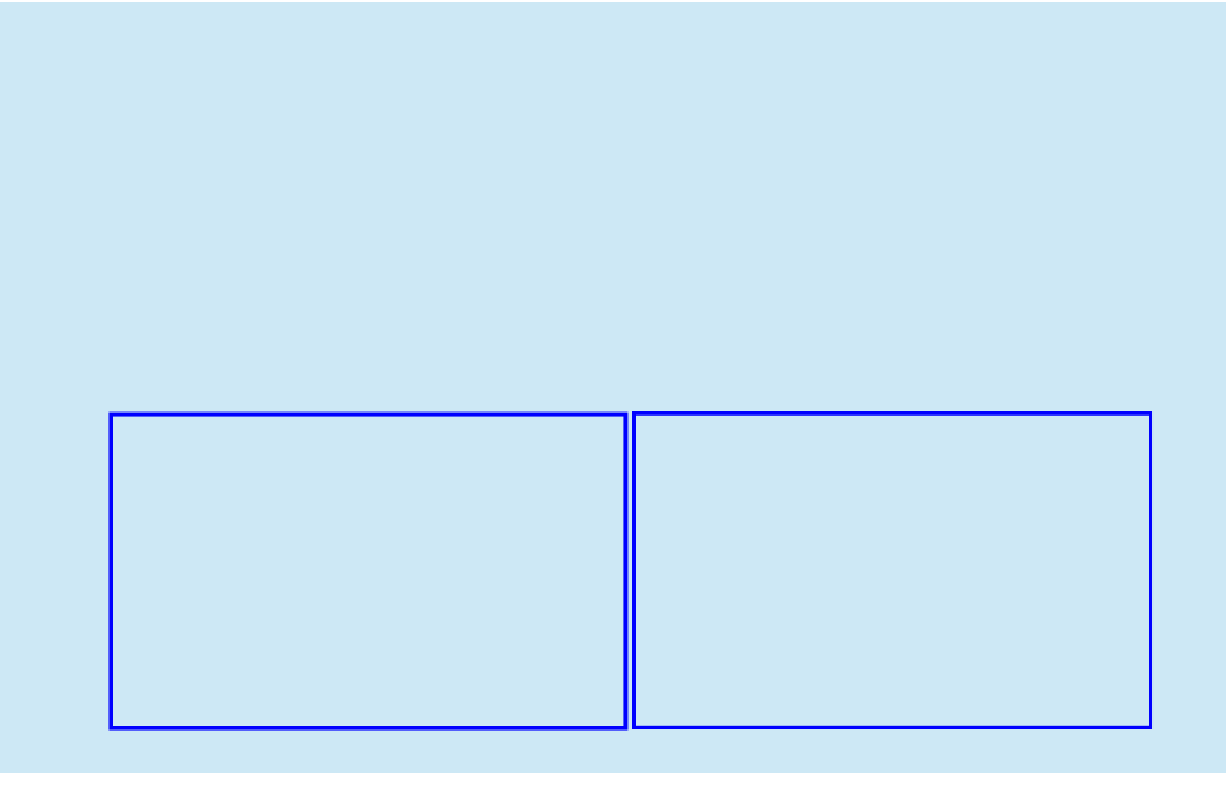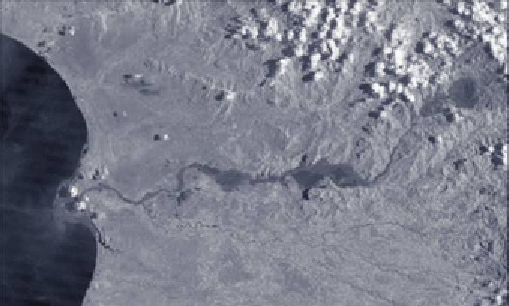Environmental Engineering Reference
In-Depth Information
it is important that it becomes self-sustaining, which means that maintenance should not
be required beyond the i rst few years.
Natural Rehabilitation
Rehabilitation of areas disturbed by mining occurs naturally, without any intervention
from man. Natural processes of weathering, erosion, deposition, plant succession and fau-
nal invasions will eventually result in the development of sustainable vegetation commu-
nities over all areas disturbed by mining, although the time required may be centuries or
millennia. The purpose of rehabilitation procedures and measures described in this chap-
ter is essentially to accelerate these natural processes and to avoid the damage, particularly
offsite damage that could occur in the meantime.
There have been many examples of historic mining operations where natural processes
restored the affected areas. For example, in the gold i elds of central Victoria, Australia, where
extensive mining operations were carried out in the mid-nineteenth century, little can now
be seen to indicate that such activities took place. However, these mines were very small in
comparison to many modern mines. In this context, Bougainville Copper Mine in Papua New
Guinea provides a unique and fascinating recent example of a large mining operation that
was terminated abruptly with no subsequent rehabilitation measures. As shown in
Case 21.5
,
natural rehabilitation has occurred since mining and tailings discharge ceased in 1989.
Natural processes of weathering,
erosion, deposition, plant
succession and faunal invasions
will eventually result in the
development of sustainable
vegetation communities over
all areas disturbed by mining,
although the time required may
be centuries or millennia.
CASE 21.5
Bougainville Copper Mine, PNG
The Panguna Mine on the island of Bougainville is interest-
ing due to the fact that dissatisfaction with environmental
damage due to the riverine tailings disposal and the social
impacts of mining caused the mine to be closed in 1989.
For several years afterwards, Bougainvilleans were embroiled
in a civil war with the Papua New Guinean state. Even now
with peace restored, the prospects of the Panguna mine
re-opening appear very slim. At its height, the Panguna mine
drove much of Papua New Guinea's economy.
The right-hand satellite image of 1989 shows the mine
at its greatest extent, just before it was closed. Tailings
affecting the Jaba River can be clearly seen, as can the
delta formed by deposition of sediments in the sea.
The image from 2001 shows changes in the extent
and shape of the delta of the Jaba River, after twelve
years. The image also shows the natural revegetation of
tailings deposited along parts of the river valley. Today,
all mines in Papua New Guinea have closure plans which
require the rehabilitation of areas impacted by mining; but
on Bougainville, due to civil war, this process could only
happen naturally.
Notwithstanding evidence of promising recovery, large
barren areas remain. It is clear from comparison of the
images that vegetation is advancing over the disturbed
areas, from the nearby undisturbed areas. Narrow areas
have already been vegetated while the remaining barren
areas, require more time to be vegetated.
March 1989
May 2001
Source: Jacka 2007










Search WWH ::

Custom Search